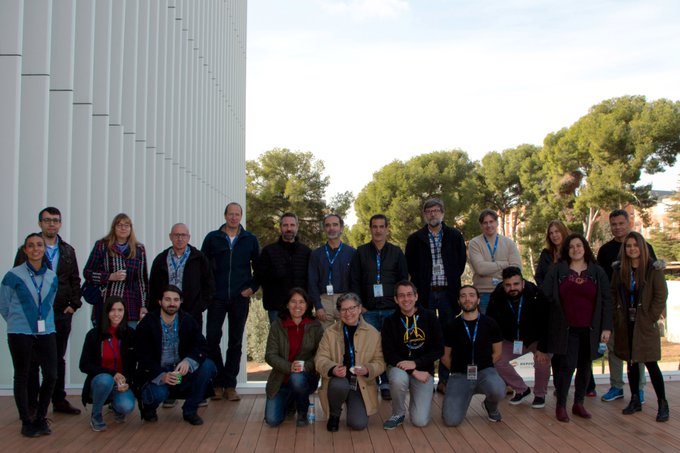The collaboration between the Lithospheric Dynamics Group (GDL) and the Numerical Computation and Simulation Group (LaCaN) focuses on the modeling and simulation of geological and geophysical processes. Both groups complement each other perfectly; the GDL has extensive experience in studying the lithosphere from various perspectives, while LaCaN specializes in simulation and the use of numerical methods. The request for the continuation of the associated unit aims to formalize the existing collaborations and ensure their long-term continuity. The future areas of work will remain in line with those already underway and active at present. The specific objectives of the Associated Unit are:
- Construct a geodynamic model to explain the evolution of the Adria microplate, how it has been tectonically consumed along the active belts of the Apennines, Dinarides, and Hellenides, and towards the north into the Alps. Develop a thermomechanical model of subduction/delamination. Quantify the migration of extension/compression, fluids, and topography.
- Traditionally, geodynamic models of upper mantle flow do not typically incorporate the micromechanical behavior of olivine textural evolution or dynamic recrystallization. However, incorporating dynamic recrystallization processes is essential, as they can alter the deformation mode of the mantle. In the coming years, within the Associated Unit, we aim to couple large-scale dynamics (mantle flow) with microstructural modeling. We intend to simulate the microscopic behavior of olivine, including dynamic recrystallization processes. Therefore, one of the objectives of this associated unit is to incorporate rock rheology into the interpretation of mantle flow through the development of a new approach that will couple geodynamic numerical simulations on both micro and macro scales. Achieving these goals requires close collaboration between the two groups.

